Introduction
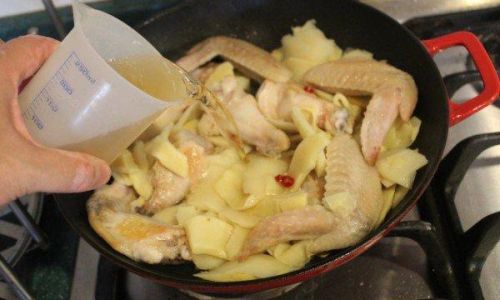
In the realm of culinary delights, fresh bamboo shoots stand out as a unique and versatile ingredient, offering a crisp texture and delicate flavor that can enhance a wide array of dishes. From stir-fries to soups, bamboo shoots add a refreshing touch to any meal, making them a staple in many Asian cuisines. However, preparing fresh bamboo shoots correctly is crucial to ensure they are both safe to eat and retain their desirable qualities. One of the most fundamental aspects of preparing bamboo shoots is boiling them to remove their bitterness and make them tender. This article delves into the question of how long fresh bamboo shoots need to be cooked to achieve the perfect balance of taste and texture, exploring various factors that influence the boiling time.
Understanding Fresh Bamboo Shoots
Before discussing the boiling process, it’s essential to understand what fresh bamboo shoots are and why they require special preparation. Bamboo shoots are the edible sprouts of bamboo plants, typically harvested during their early growth stages. These shoots contain a natural substance called oxalic acid, which can give them a bitter taste and, in large quantities, may cause digestive discomfort. Boiling helps to reduce this acidity, making the shoots more palatable and safer to consume.
Moreover, fresh bamboo shoots have a tough outer layer and a stringy interior that needs to be softened through cooking. Proper boiling not only tenderizes the shoots but also helps to preserve their natural sweetness and nutritional value.
Factors Influencing Boiling Time
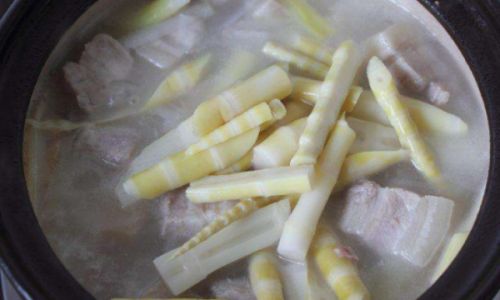
Several variables play a role in determining the optimal boiling time for fresh bamboo shoots. These include the type and age of the bamboo shoot, its size and thickness, as well as personal preference for texture and taste.
-
Type and Age of Bamboo Shoot: Different species of bamboo produce shoots with varying characteristics. Younger shoots tend to be more tender and require less cooking time compared to older, more mature ones. The age of the shoot can often be judged by its appearance; younger shoots are typically lighter in color and have a more delicate structure.
-
Size and Thickness: Larger, thicker shoots will naturally take longer to cook through compared to smaller, thinner ones. This is because heat needs more time to penetrate and soften the denser tissue.
-
Desired Texture and Taste: Personal preference also plays a significant role. Some people prefer their bamboo shoots to have a slight crunch, while others like them fully tender. Adjusting the boiling time according to taste can make a significant difference in the final dish.
Boiling Fresh Bamboo Shoots: A Step-by-Step Guide
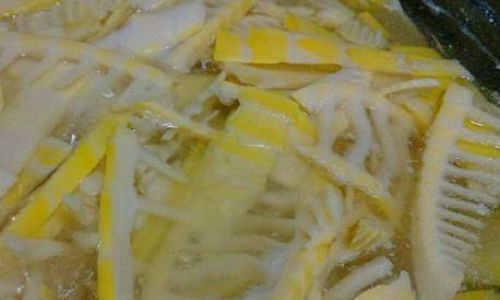
Now, let’s break down the process of boiling fresh bamboo shoots, taking into account the aforementioned factors.
-
Preparation: Begin by selecting fresh, firm bamboo shoots with a light color and smooth skin. If the shoots are large, they may need to be cut into smaller pieces for more uniform cooking. Remove any outer layers or dirt, and if necessary, scrape away any stringy interior fibers using a knife or vegetable peeler.
-
Soaking (Optional): Some recipes recommend soaking bamboo shoots in water overnight to further reduce bitterness. While this step is optional, it can be beneficial for particularly bitter or mature shoots.
-
Boiling: Place the prepared bamboo shoots in a large pot and cover them with water. The water should be at least an inch above the shoots to ensure they cook evenly. Bring the water to a rolling boil over high heat.
-
Cooking Time: Here’s where the variables come into play. For most fresh bamboo shoots, a boiling time of 15 to 30 minutes is typical. Smaller, younger shoots may only need 15 minutes, while larger, older ones could require up to 30 minutes or even longer. To check for doneness, use a fork or a sharp knife to pierce the thickest part of the shoot. It should slide in easily without too much resistance.
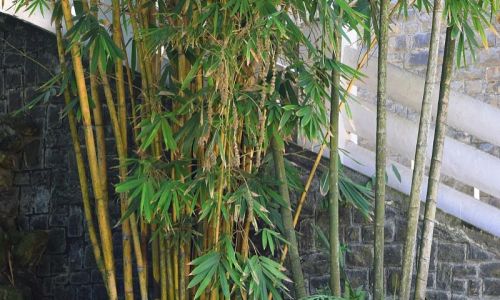
-
Taste Testing: Once the shoots have reached the desired cooking time, remove one piece and let it cool slightly before tasting. Adjust the boiling time accordingly if they are still too firm or have a bitter taste.
-
Draining and Cooling: Once cooked to perfection, drain the bamboo shoots thoroughly and allow them to cool. They can now be used immediately in recipes or stored in the refrigerator for later use.
Tips for Perfect Boiled Bamboo Shoots
- Use a Large Pot: To ensure even cooking, use a pot that’s large enough to accommodate the bamboo shoots without overcrowding.
- Add Salt (Optional): A pinch of salt can help draw out excess bitterness during boiling. However, be cautious with the amount, as too much salt can affect the final flavor of your dishes.
- Avoid Overcooking: Overcooked bamboo shoots can become mushy and lose their appealing texture. Keep a close eye on them during the boiling process and test for doneness frequently.
- Store Properly: Once cooled, store boiled bamboo shoots in an airtight container in the refrigerator for up to a week. For longer storage, consider freezing them.
Conclusion
Boiling fresh bamboo shoots is a crucial step in preparing them for various culinary applications. By understanding the factors that influence boiling time and following a systematic approach, you can achieve perfectly cooked shoots that are tender, sweet, and ready to elevate your dishes. Whether you’re creating a traditional stir-fry or experimenting with new recipes, fresh bamboo shoots offer a delightful and nutritious addition to your culinary repertoire. So, the next time you’re in the kitchen with a batch of fresh bamboo shoots, remember: the key to unlocking their full potential lies in the perfect boil.
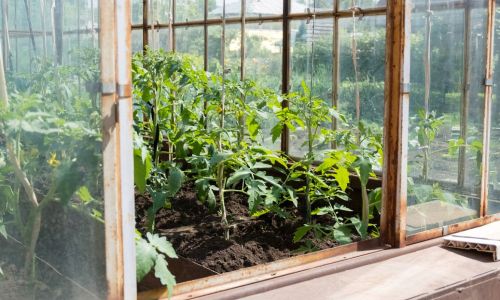
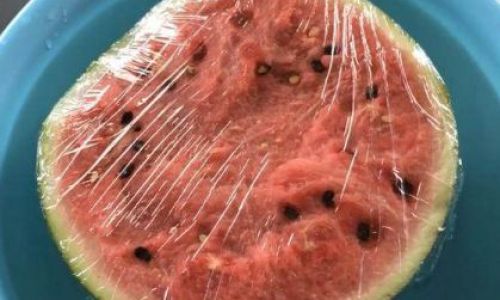
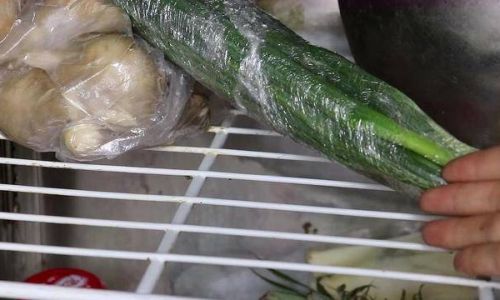
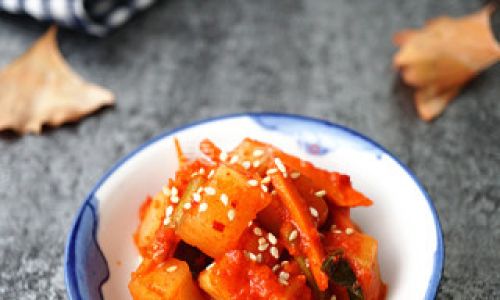
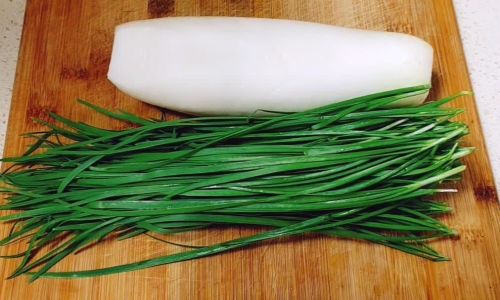

0 comments